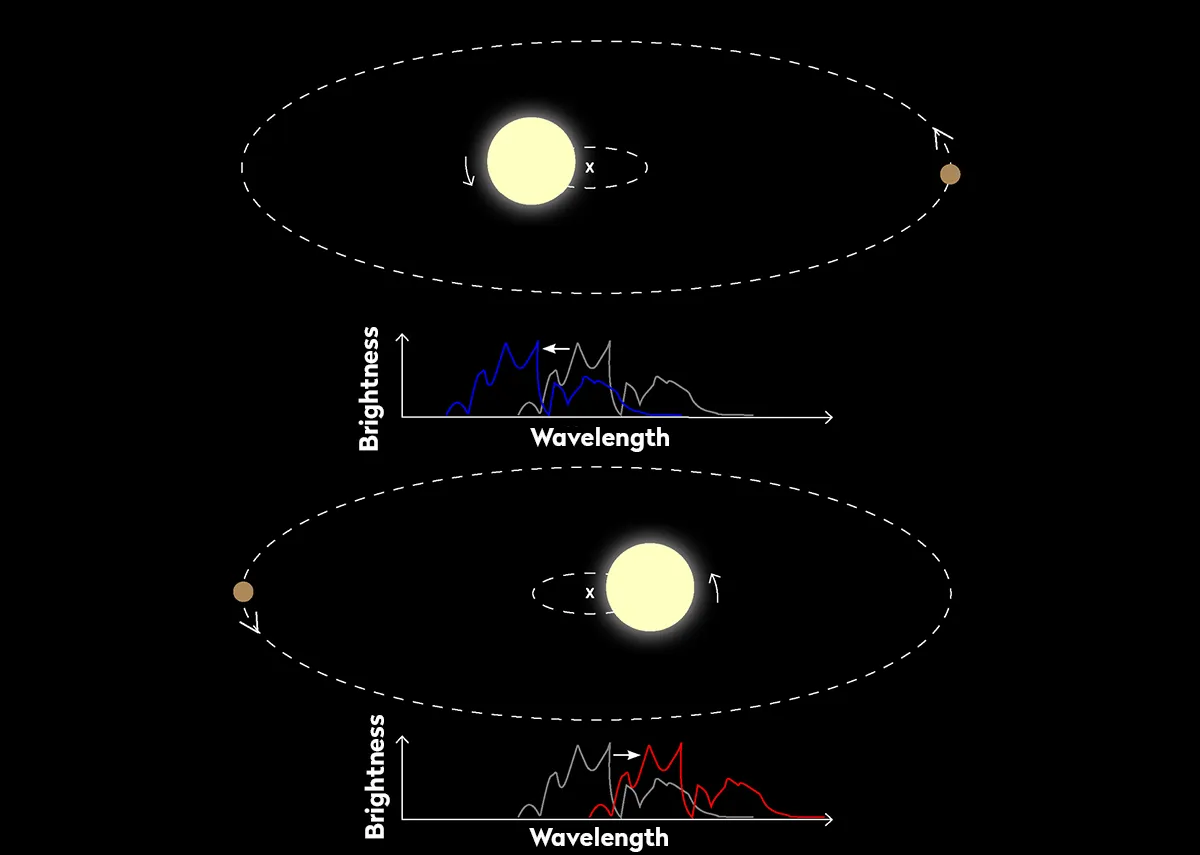Astronomers have discovered a planet beyond our Solar System that has a mass similar to Earth's and is potentially habitable.
The Earth-mass exoplanet orbits a red dwarf star called Wolf 1069 in the constellation Cygnus, just 31 lightyears from Earth.
Known as Wolf 1069 b, the planet is estimated to be about the same size of Earth and also roughly the same mass.
It is the sixth-closest known Earth-mass planet orbiting in the habitable zone of its star.
Wolf 1069 b is tidally locked to the star, in the same way that our Moon is tidally locked to Earth.
This means that the same side of the exoplanet always faces its star, so its day-side and night-side remain the same.
The team behind the discovery believe Wolf 1069 b could have retained much of its atmosphere, due to a lack of any apparent stellar activity or intense radiation from the host star.
This could make it a prime target in the search for biomarkers: chemical signatures in a planet's atmosphere that could have a biological origin.

Since the first exoplanets were discovered in the 1990s, astronomers have now clocked up 5,000 confirmed exoplanets.
Yet only about 1.5% of these have masses below two Earth masses, and only about a dozen orbit their stars in the so-called 'habitable zone': just the right distance from their star that water can pool as a liquid on the planet's surface.
Astronomer Diana Kossakowski from the Max Planck Institute for Astronomy and her colleagues have been exploring low-mass stars, searching for signs of orbiting planets using the Calar Alto Observatory in Spain.
"When we analysed the data of the star Wolf 1069, we discovered a clear, low-amplitude signal of what appears to be a planet of roughly Earth mass," says Kossakowski, who is the author of the study.
"It orbits the star within 15.6 days at a distance equivalent to one-fifteenth of the separation between Earth and the Sun."
It may sound like Wolf 1069 b orbits very close to its star: perhaps too close to be habitable.
But Wolf 1069 emits much less radiation than our Sun, and is much less cooler.
This means the habitable zone around the star is much further-in than the habitable zone around our own Sun.
The study estimates that if Wolf 1069 b does have an Earth-like atmosphere, temperatures could rise as high as 13°C, which would mean liquid water could pool on the planet's day side.

The discovery was made as part of the CARMENES program, which uses a technique called radial velocity to search for exoplanets orbiting low-mass stars.
Light from a star is analysed to search for variations that could indicate an orbiting planet gravitationally tugging on the star.
This technique not only enables a planet to be discovered in the first place, but measurements of the 'tug' can also be used to determine the planet's mass.
It seems like Wolf 1069 b is a prime candidate for further studies into potential biosignatures that could indicate biological processes occurring on the planet.
"We’ll probably have to wait another ten years for this," Kossakowski says.
"Though it’s crucial we develop our facilities, considering most of the closest potentially habitable worlds are detected via the radial velocity method only."

